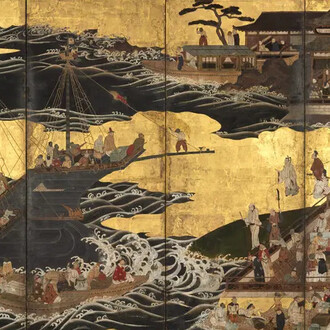In 2017 major museums in Europe and America are celebrating the centenary of Auguste Rodin’s (1840–1917) death with traveling exhibitions, permanent collection installations, and educational activities. Unified under #Rodin100, and joining a worldwide series of major Rodin projects, these exhibitions and accompanying public programs are bringing together new information about the artist and his enormous impact on the history of modern sculpture.
The Cleveland Museum of Art marks the centennial of Rodin’s death with a display of works from the museum’s permanent collection. During World War I, while the museum’s original building was still under construction, trustee Ralph King began negotiations to acquire works from Rodin. The first work to enter the collection was a monumental Thinker, acquired by King in 1916 and donated the following year. Rodin also agreed to cast a special version of his great breakthrough sculpture The Age of Bronze for the museum. Other lifetime casts were donated by civic-minded Clevelanders, and one by Rodin himself.
The museum eventually acquired more than 40 works spanning the artist’s career in a wide variety of materials, including the magnificent, larger-than-life plaster sculpture Heroic Head of Pierre de Wissant. The monumental Thinker, one of the museum’s signature works, has graced the south entrance since 1917 and was severely damaged by a bomb in March 1970.















